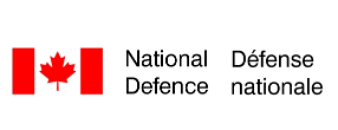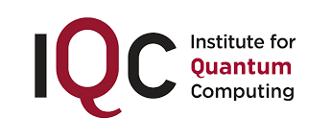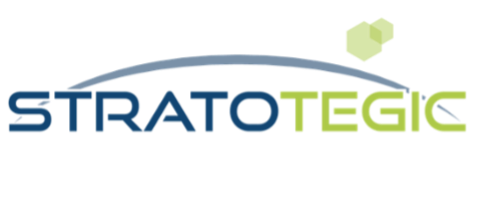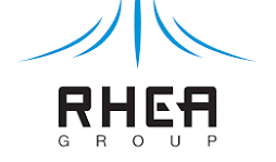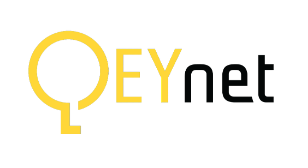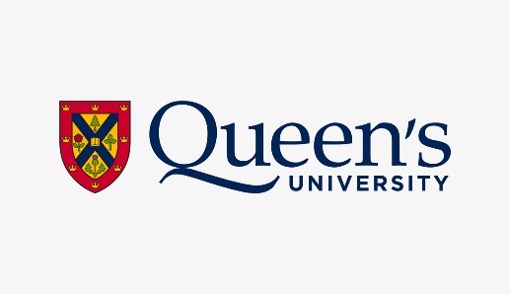Reliable and Agile Quantum Key Distribution Networks and Beyond
Project Description
Quantum Key Distribution (QKD) enables information-theoretic security by exploiting the quantum properties of photons to establish secret keys between communicating parties, e.g., for mission-critical applications. Scaling QKD from point-to-point links to large-scale networks introduces resource allocation challenges across heterogeneous segments. Fiber-based transmission suffers from complex routing and exponential loss with distance, whereas aerial segments using satellites or high-altitude platforms (HAP) face intermittent visibility and varying channel quality. Along with power management and storage constraints, these factors can undermine the performance and reliability of QKD networks. This project aims to design secure, efficient, and adaptive QKD networks that address these challenges while maintaining high levels of throughput, scalability, and robustness. The objectives include: (1) A modular, layered QKD software stack that seamlessly integrates advances in quantum technologies and physical components for transparent user access; (2) AI/ML-driven optimization algorithms that adapt to topology changes and user demands, ensuring resilience through multi-path routing and multi-layer recovery; (3) Abstract models of QKD physical elements, including quantum channels, enabling realistic system evaluation and automated network control. (4) Resource management and design strategies for entanglement distribution and architectures supporting the emerging Quantum Internet.
Project Objective and Outcomes
Objectives
-
Objective 1 is to develop a modular and layered software stack for the optimization and allocation of resources such that advances in quantum technologies and in the underlying physical components can be incorporated and exploited in ways that are transparent to the end users. Such advances include–but are not limited to–satellite-based connections, passive/active optical routing, Measurement Device Independent QKD (MDI-QKD) architectures, quantum repeaters, and ultimately quantum networks.
-
Objective 2 is to design optimization algorithms (potentially leveraging AI/ML) to dynamically react to changes in network topology (e.g., due to failures) and users’ requirements. The devised techniques and algorithms will be incorporated in the QKD-network protocol stack developed as part of Objective 1, and will handle failures of QKD physical elements, using e.g., multi-path routing and multi-layer recovery approaches.
-
Objective 3 is to develop abstract models of physical elements in QKD networks, including the quantum channel between end points, that support resource management. More accurate representations of physical behavior result in a more realistic evaluation of system states (e.g., maximum achievable key rate under a given setting), thereby enabling automated control of QKD network parameters.
-
Objective 4 is to explore resource management and design challenges for entanglement sharing and the Quantum Internet (QI). We will investigate the most promising elements and architectures that enable efficient entanglement sharing and underpin the emerging QI.
Outcomes
-
Developing novel strategies for resource-allocation and control of key generation, routing, and storage under dynamic conditions, such as atmospheric effects and scattering of photons. These strategies should ensure both reliability and agility based on node and link availability. In addition, the control can include a certain degree of mobility management of QKD nodes, e.g., HAPs, or scheduling and alignment of ground stations (GS) with HAPs and satellites.
-
Demonstrating QKD solutions with various selections of stationary and moving QKD node and link technologies, e.g., fiber optic links, HAP and satellite nodes. Each of these technologies offers unique characteristics of maximum range of connection, key rate, availability of nodes, deployment and maintenance costs. Effectively combining these can enable the system to operate in long-distance, high optical noise environments.
-
Exploring emerging challenges in network design and management of Quantum Internet architectures, including quantum entanglement (QE), QE routing, and entanglement swapping, with challenges such as heterogeneous demands and multi-domain interoperability.
Related Publications
- Q. Zhang, N. Di Cicco, M. Ibrahimi, R. C. Almeida, A. Gatto, R. Boutaba, and M. Tornatore, “Link configuration for fidelity-constrained entanglement routing in quantum networks,” in IEEE INFOCOM, 2025.
- J. Xiong, Q. Zhang, Y. Piétri, R. Yehia, R. Boutaba, F. Musumeci, and M. Tornatore, “Power consumption analysis of QKD networks under different protocols and detector configurations,” in ECOC, 2025 (accepted).
- M. Li, Q. Zhang, Z. Yang, S. Bregni, A. Gatto, R. Boutaba, and M. Tornatore, “Routing and wavelength assignment with minimal attack radius for QKD networks,” in IEEE GLOBECOM, 2025 (accepted).
- S. Gyu Park, Q. Zhang, R. C. Almeida, M. Bolourian, M. Tornatore, and R. Boutaba, “Resource Allocation for Satellite QKD Networks with Atmospheric Forecast,” in CNSM, 2025 (accepted).
Sponsors and Partners
